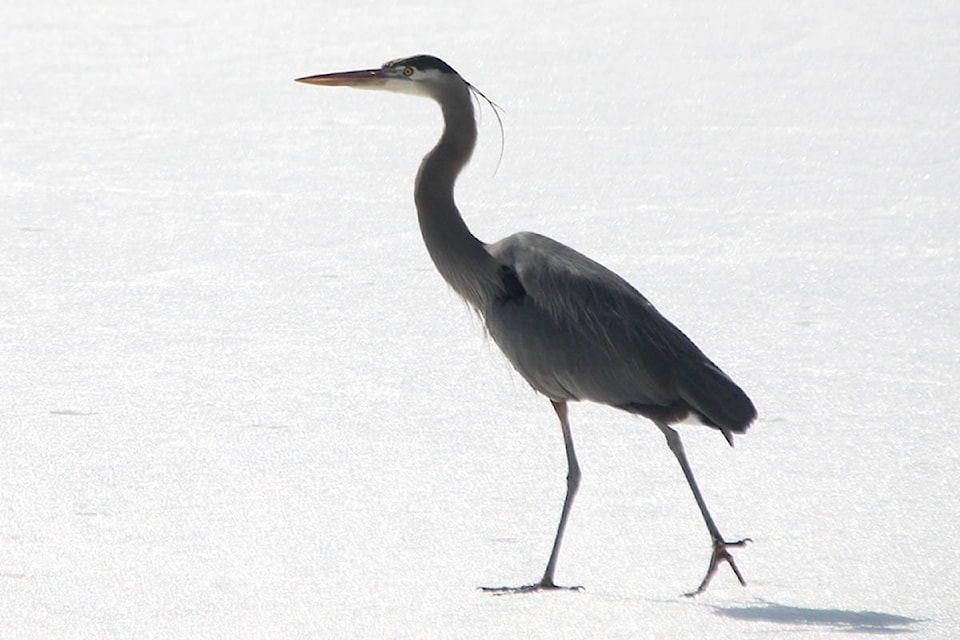In the past, British Columbia has served as an example of how carefully protected area planning can and should be applied. However, there are still key zones, such as the Okanagan region, that should be prioritized to safeguard wildlife both now and in the future.
World Wildlife Fund Canada used the best available science and data to document how well Canada’s ecosystems, wildlife habitats and natural carbon stores are (and are not) protected, and then identified where new protected areas could provide maximum benefit for wildlife and for slowing climate change.
They found that across Canada, major opportunities to protect habitat and combat climate change are being overlooked. Half of Canada’s monitored species are in decline, by a staggering 83 per cent, and even wildlife protected under Canada’s Species at Risk Act are failing to recover. Wildlife simply can’t survive with increasingly degraded or destroyed habitats.
They need to find food, mate, migrate and raise their young. Climate change will only make matters worse. High numbers of at-risk species are found in areas where there are many human pressures. One of their Top 5 areas of concern is the Okanagan Valley.
Unlike six other provinces and the United States, which shares trans-boundary and migratory species with B.C., British Columbia has no stand-alone endangered species legislation.
Many British Columbia residents feel that it is time to protect B.C.’s most vulnerable species with a stand-alone Species at Risk Act, rather than a set of vague or voluntary guidelines.
B.C. now has 43 per cent of its assessed species at risk of extinction so time is of the essence if we want to ensure that our children and grandchildren are able to enjoy what we have taken for granted.
Jane Weixl,
Sustainable Environment
Network Society
